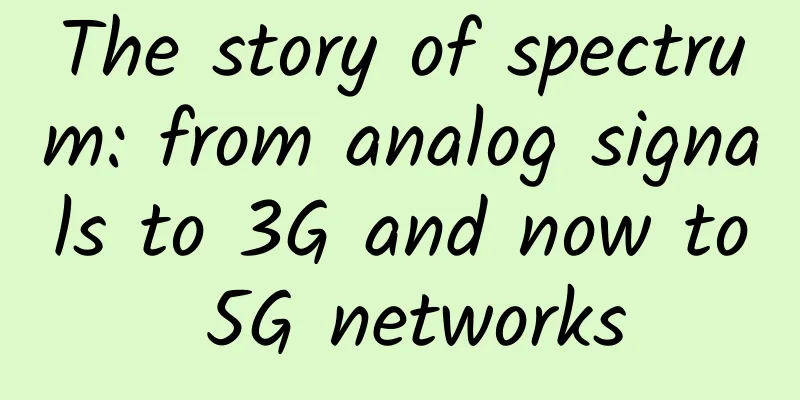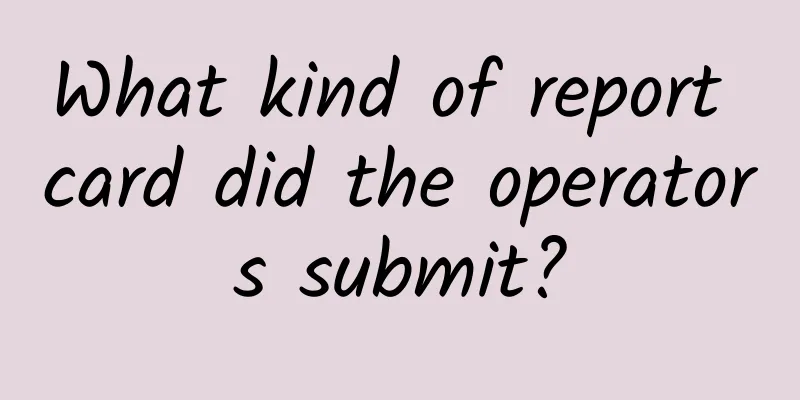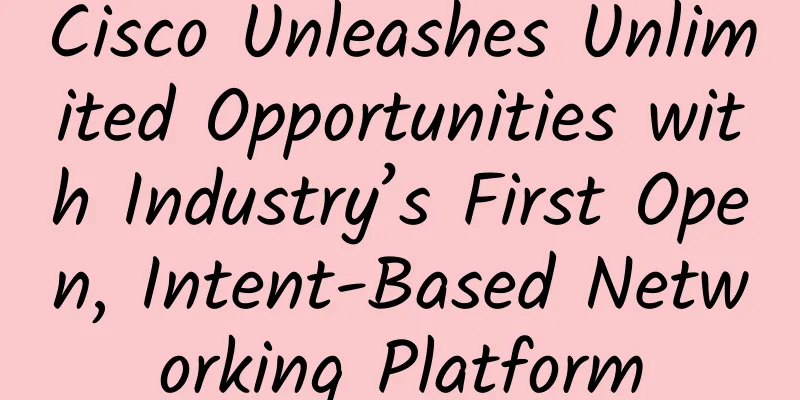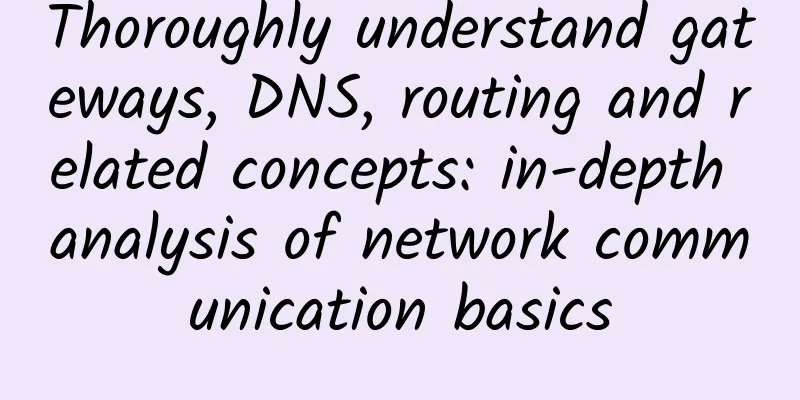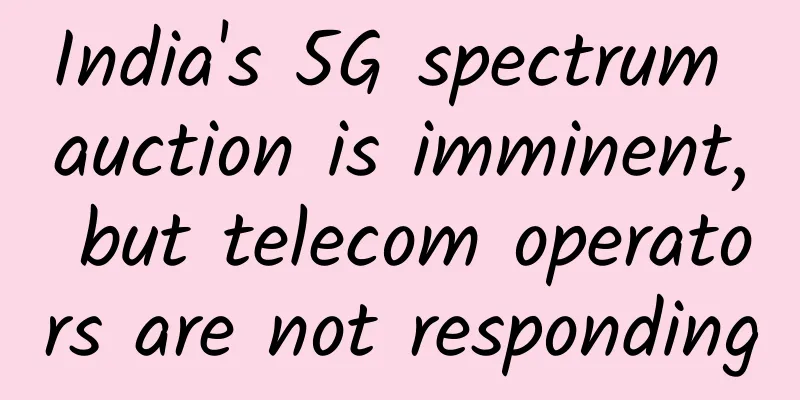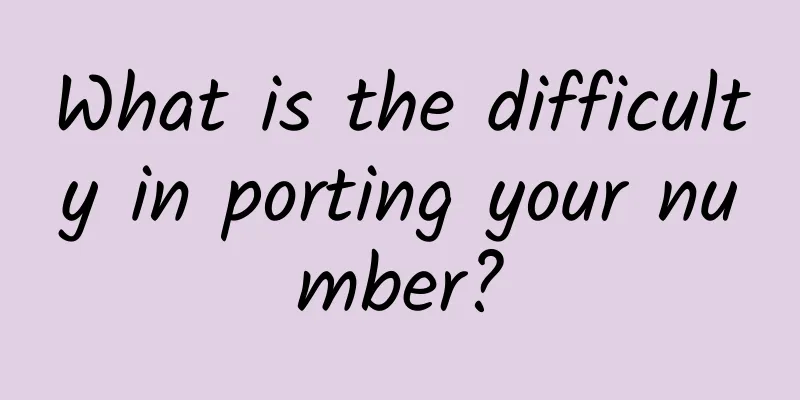5 blockchain trends for 2018
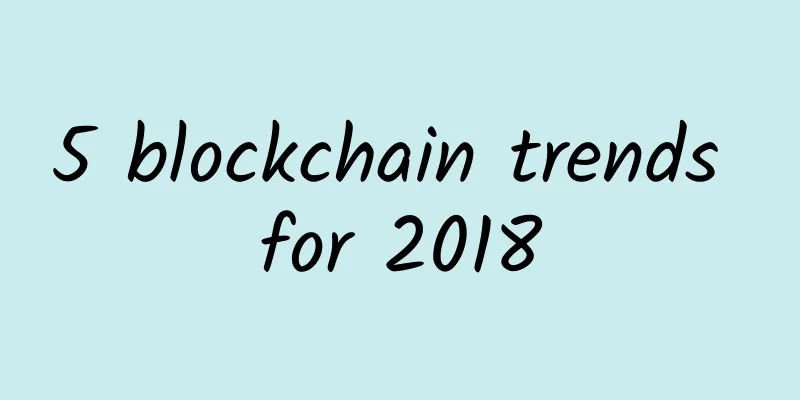
|
Few new technologies have generated as much discussion as blockchain. One reason is the controversy, concerns, and perceived opportunities surrounding blockchain-based cryptocurrencies such as Bitcoin and Ethereum. Another is the growing number of businesses raising funds through initial coin offerings (ICOs). But what is the role of blockchain in the enterprise? Today, more and more companies are testing the power of blockchain to help trade and track assets through its distributed ledger technology, in which every party has an identical copy of the record and no one can change it without knowing it.
What should we expect from blockchain in 2018? We posed this question to Paul Brody, VP and Global Innovation Lead, Blockchain Technology at EY (formerly Ernst & Young). Here are the trends he sees for 2018 and beyond: 1. Blockchain will move from demonstration to production “Blockchain is showing up in pilot projects everywhere,” he said. “As these pilots and proofs of concepts mature, many will be abandoned and others will move toward production systems.” He said: “This process will be part of a necessary adjustment to help enterprise technology leaders determine which blockchain uses are truly value-added and which are just hype.” How do you get started with blockchain? Check out our related coverage, Blockchain: 4 Ways to Experiment.] 2. Use of zero-knowledge proofs will grow Everyone agrees that one powerful use of blockchain will be as a transaction platform between businesses. But what form will this platform take? Some experts predict that large enterprises will create their own blockchain networks, to which suppliers and other business partners will join. Brody doesn’t think that’s right. “Suppliers and customers can’t and won’t join blockchain for every one of their business partners,” Brody said. “The long-term future of blockchain depends on companies’ ability to conduct private business on public, shared infrastructure.” That’s where zero-knowledge proofs come in. Brody describes a zero-knowledge proof as a mathematical operation and a cryptographic tool that allows one party to prove to another party that something is verified without the other party needing any additional information (such as a private key, in the case of public key cryptography). “In 2018, zero-knowledge proofs are just starting to demonstrate working models,” Brody said. “They will allow blockchains to have the critical elements of security and privacy without giving up the redundancy and immutability of syncing the entire transaction information across the network.” He expects many companies to scale their business models in the coming year. 3. Blockchain networks will learn how to enforce the rule of law “Smart contracts are powerful tools for automating business process operations, and they will be a key productivity facilitator for enterprises looking to leverage blockchain technology,” Brody said. But there’s a question: What happens when parties to a contract get into a dispute? Such issues are usually resolved by courts, but they have no authority over blockchain networks, which are decentralized, have no single arbitrator or enforcer, and often span geographic borders. Voting through the network could be one way to resolve disputes, but that could spell trouble if one party has the better legal claim and the other is more popular. Participants in a blockchain network typically agree to certain rules before joining, but it’s not always clear how those rules will be implemented and enforced in the event of a dispute, Brody said. “This will be a new challenge that should be addressed in 2018.” “Too many blockchain systems treat this amazing new technology as a nifty digital notary or distributed database service.” 4. Blockchain will become an asset tracking tool "Too many blockchain systems out there still view this amazing new technology as a nifty digital notary or distributed database service," Brody said, adding that people who only see blockchain are missing something important. Tokenization — using blockchain tokens (or "coins") to represent specific assets — is a game-changing use of the technology. Brody explained that you could use a token to represent an item as it moves through a supply chain, thereby ensuring that it is not in two places at the same time. Similarly, you could use a token to represent liquid assets in traditional currencies. This approach, he said, “provides all the benefits of a blockchain-based solution without the exchange risk.” 5. There will be a crash in the next few years "With emerging technologies, a wave of hype often drives investment and excitement, but eventually there will be early bubbles," Brody said. Maybe that's a good thing. "We should welcome the sign of a reset in market maturity and hope it comes sooner rather than later," he said. "It won't slow down the long-term transformation of industries based on cryptocurrencies and blockchains. It will clear out some of the silly ideas that are eating up the talent and ideas in the industry." |
>>: my country's industrial Internet platform construction faces four major bottlenecks
Recommend
Why are private operators becoming more and more popular while the three major operators are being neglected?
In 2013, the Ministry of Industry and Information...
2023 is already halfway through. What are the technological trends worth paying attention to in the field of optical communications?
The entire industry was very enthusiastic about p...
It’s 2021, and you’re still confused about the `IEnumerator` and `IEnumerable` interfaces?
[[375509]] This article is reprinted from the WeC...
Friendhosting's new Japanese data center starts at €3.99/month, 25% off down payment
Friendhosting recently released a "Launch of...
How to use 5G spectrum efficiently? Both licensing and sharing are effective
Telecoms.com regularly invites third-party expert...
"Online Documents" crashes in real time?
[[420464]] There is a magical phenomenon in this ...
UFOVPS is 50% off, top up 200 yuan and get 20 yuan, Japan CN2 GIA/Hong Kong CN2 GIA/US high-defense VPS monthly payment starts from 19 yuan
UFOVPS has released the biggest discount this yea...
What exactly is RedCap?
[[431894]] With the continuous advancement of 3GP...
Three misconceptions about 5G
In late 2019, IDC predicted that the number of 5G...
Different Types of Network Cables and Their Uses
In today's connected world, network cables pl...
Guanmai Technology CTO Miao Quan: Steadily enter the SD-WAN market and be prepared to deploy 5G
[51CTO.com original article] From the emergence t...
iWebFusion: Dedicated server starting at $57/month/5 data centers available, 10Gbps server starting at $149/month
iWebFusion (iWFHosting) has been shared many time...
A magical little tool that turns URL addresses into "ooooooooo"
I found a very creative gadget website. As shown ...
Five major trends in the new stage of 5G development
It has been three years since my country started ...
5G and the edge: Convergence is accelerating
[[422919]] When evaluating the technologies that ...

![[Black Friday] SaltyfishTech: 499 yuan/year-4 cores/4GB/50G SSD/1TB@150Mbps/Germany 9929 line](/upload/images/67cabce9d3b53.webp)
